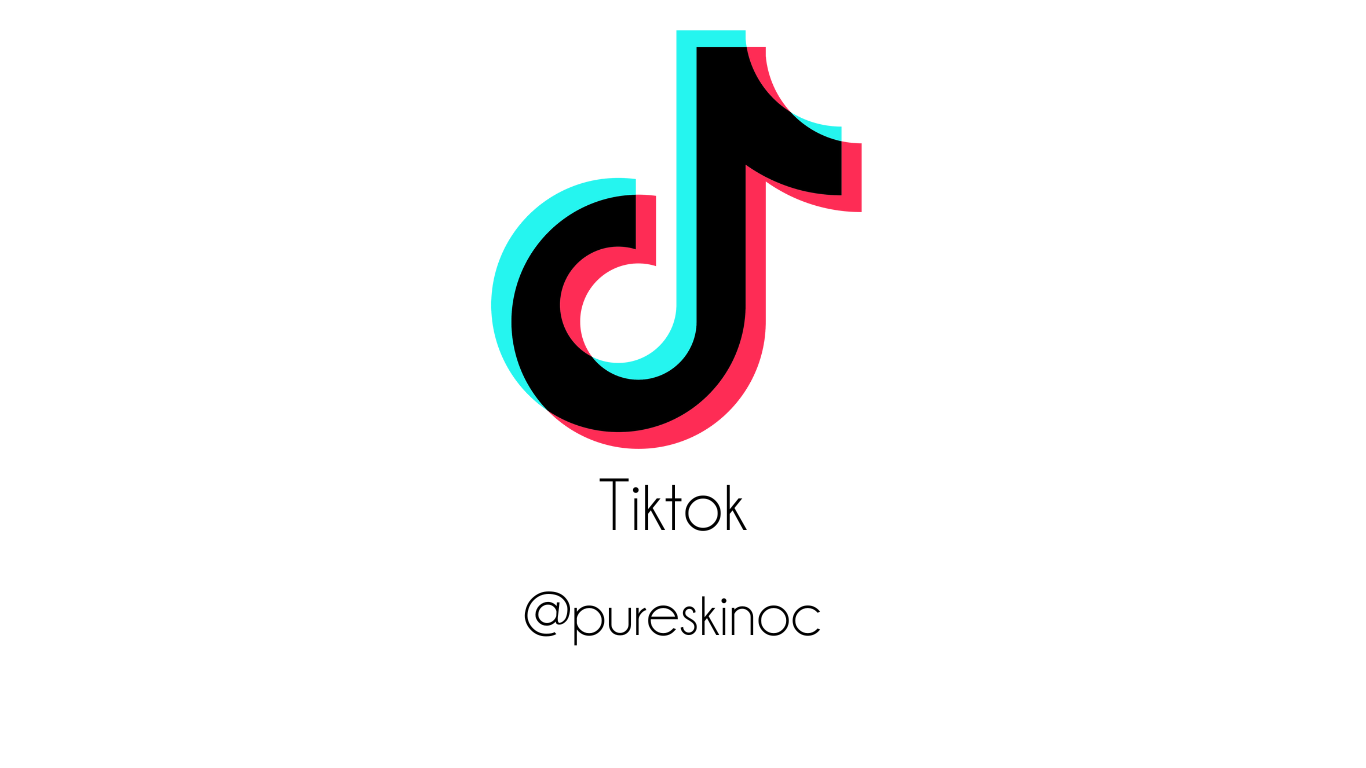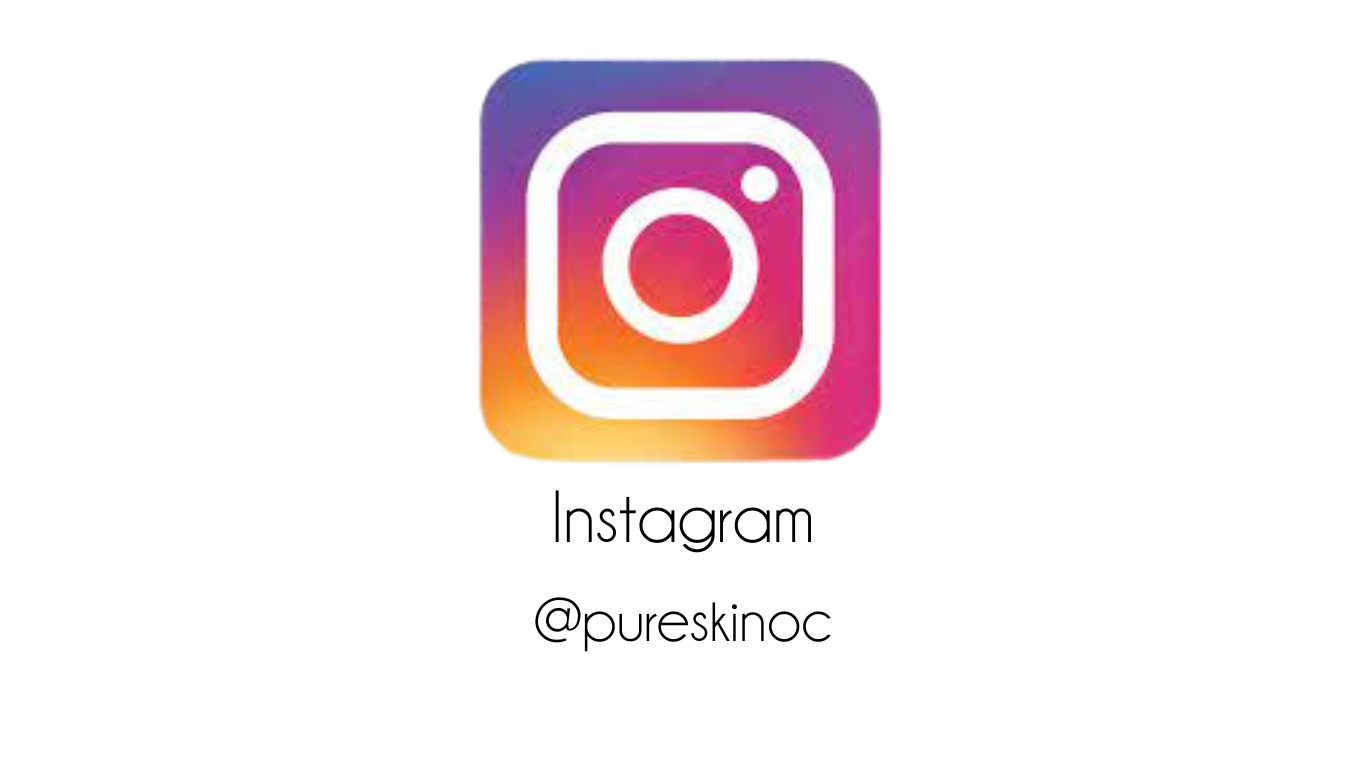|
Did you know that it takes about 10 years for your skin to show damage? That is why in your 30's you will all of sudden start to feel like you are getting older. You will start seeing more sun spots, freckles, wrinkles and dry skin. What we do NOW is important to how we look later. It's easy to live in the moment and think, "oh, I'll worry about that tomorrow" but I promise you, you will regret it. I hear it everyday from my clients. Protect your skin!
Here is a breakdown of what smoking can do to your skin: Teenager: Tobacco smoke contains over 4,000 chemicals that dehydrate your skin. Quit now and it’ll stay smooth and bright. 20 plus: Smoking can age you by ten years or more. Lines appear on the cheeks and lower jaw. 30 plus: Signs of wrinkles, lines and crow’s feet. Dull, sallow skin due to cigarette heat. 40 plus: Definite facial wrinkling and hollow cheeks through repeated sucking on cigarettes. Skin lined around lips and eyes. 50 plus: Wrinkles are deep and pronounced. Skin sags and is grey in colour. Teeth are brown with nicotine stains. Exposure to the sun causes: Pre-cancerous (actinic keratosis) and cancerous (basal cell carcinoma, squamous cell carcinoma and melanoma) skin lesions - caused by loss of the skin's immune function Benign tumors Fine and coarse wrinkles Freckles Discolored areas of the skin, called mottled pigmentation Sallowness -- a yellow discoloration of the skin Telangiectasias -- the dilation of small blood vessels under the skin Elastosis -- the destruction of the elastic and collagen tissue (causing lines and wrinkles)
0 Comments
I get this question a lot! Men have always been known for aging gracefully (and they don't even appreciate it). Their secret? Shaving. Here are some myths and facts regarding shaving your face. You might find that you will want to do it...
Myth:Shaving your face makes your hair grow back darker and thicker. Just as with the rest of your body, hairs on your face will not grow back darker, thicker, or more numerous if you shave them. Fact:Shaving coarse hair will create stubble. If you have a few coarser hairs sprinkled among the peach fuzz, pluck or wax them first to avoid any chance of (horrors) facial stubble. Female face shaving is a skin treatment, not a hair removal method. Myth:Shaving roughens the skin. If you're like most women, you'll find your legs feel smoother than parts of your body that you don't shave. Smooth, fine-textured skin is just a side effect for legs, but for your face, it's a prime benefit of shaving. Fact:Men look so young for their age in part because they shave their faces. Exfoliation speeds up skin cell turnover and reveals chubby young skin cells underneath the old gray ones. Women exfoliate with scrubs or cloths and men shave. As far as skin is concerned, it's all exfoliation; skin doesn't care if it's taboo to shave. Myth:Shaving gives you ingrown hairs. Fine hairs don't have the tensile strength to grow into skin like coarser hair on the legs and at the bikini line, so shaving can't cause ingrown facial hair. This is another reason to remove coarse hairs before shaving. Fact:Makeup goes on more smoothly with a shaved face. If you want immaculate foundation coverage, shave your skin smooth. While female face shaving improves skin texture, taking off any fine hair down near your jawline is a nice fringe benefit. Powder that used to cling to facial fuzz now lies flat and smooth on your skin. If you're convinced, here's a quick rundown on how to shave your face.
Always use a razor dedicated to face shaving alone. Hair elsewhere is too coarse, and using the same razor everywhere leads to shaving cuts. Take care around your hairline and eyebrows. You want people to notice your glow, not your half an eyebrow. As long as you remove coarse hairs first, you can shave as often as you like (about every 3 weeks). It's one of the kindest and least irritating skin treatments. There are a lot of medications on the market to "cure" acne. Some are not as bad as others but some, like Accutane (Isotretinoin), should not be taken. The side effects are scary!
The drug works for severe (cystic) acne, providing long-lasting and sometimes complete reduction of acne for 80 percent of patients. However, clear skin may be accompanied by serious side effects like Crohn’s disease (this has also been reported to cause problems long after the person has stopped taking the drug), birth defects and suicide. And, once you stop taking it, the acne may come back because you have not fixed the problem. These are some common side effects associated with taking this medication: Diminished night vision Increased bone injuries due to thickened or weakened bones Increased reaction to UV exposure Red, cracked or sore lips Nosebleeds Changes in nails Peeling skin Unusual hair growth or loss Bleeding or swollen gums Fatigue Voice changes Headache Slow healing of cuts or sores Cold symptoms Dry skin and eyes Muscle aches So many myths and remedies that have been around for years and a lot of people don't know if they work or of they should try it. Here is a list of some popular "tips" I read and hear about all the time that you should AVOID!
1. Toothpaste- It can dry out your skin and actually darken the areas that you apply it. 2. Benzoyl Peroxide- This is an effective spot treatment and can be used EVERY ONCE IN A WHILE but this is why I don't think it should be used all the time... a. Drying to the skin b. Can thin the skin c. Makes your skin photo-sensitive d. Can make your skin sensitive e. Can make your Langerhan Cells go dormant- these are responsible for killing foreign viruses/molds/bacterias. 3. Biore Strips- These don't work even though they appear that they do. The black stuff you are seeing is the top of the blackheads but the strip is not actually removing anything under the skin, where the the build-up is trapped. 4. ProActiv- I'm sorry but I'm not a fan. And while this may work temporarily, it is not fixing the problem. It usually dries out the skin and after awhile, it stops working altogether. 5. Tanning (the sun or in a bed)- I know that people love this "remedy" but it just isn't true. Tanning causes your skin to increase cell production which, in turn, creates more dead skin cells. That is what we are trying to avoid, right? 6. Dry Out Your Skin- I know people with oily skin want less oil. This is possible without drying out your skin. You need oil so it's about finding a way to balance it. When you strip all the oil from your skin (most OTC products do this) then your skin produces more oil because it needs the moisture. It cannot produce water so you are left with oily skin. If you only use products that treat and replenish your skin, then you will find the balance. Acne. So common and so frustrating. For some, it lasts a few months or maybe a year but for others, they suffer for a very long time. Even using the right skin care products doesn't completely rid the skin of this issue because oftentimes, it is hormonal. This is where medications come in and why doctors are so quick to prescribe. They can clear the skin and make the patient feel so much better. Unfortunately, there are side effects to that. Becoming well informed is the best option. Find out what works for you and your skin. Everyone is different.
What is It? Acne is a skin condition that causes pimples or "zits." This includes whiteheads, blackheads, and red, inflammed patches of skin (such as cysts). Who Gets It? Acne commonly starts during puberty between the ages of 10 and 13 and tends to be worse in people with oily skin. Teenage acne usually lasts for five to 10 years (I highlight this because so many expect it to go away as soon as they start on a regular skin care regimen), normally going away during the early 20s. It occurs in both sexes, although teenage boys tend to have the most severe cases (I am convinced that this is because they are less likely to take care of their skin properly). Just when you think you are safe from acne... Women are more likely than men to have mild to moderate forms into their 30s and beyond. The simple truth is that heredity (blame your parents!) and hormones are behind most forms of acne. Causes? Hormones- It is common in teenagers because of their increase in hormones. It is also why some women get it when they are pregnant or on birth control. When this is the cause, it makes it much more difficult to control. As an Esthetician, I can't fix this but the skin can improve and we can get to a point where the breakouts are manageable. Bacteria- Excess oil clogs the pores and it is here where the bacteria grows. This makes blackheads or whiteheads form on the skin's surface. Sometimes, this clogging causes the follicle wall to break under the pressure of this buildup. When this happens, sebum leaks into nearby tissues and forms a pustule or a papule -- this is called inflammatory acne. Larger, tender pustules are called nodules. What is the best Tinted Moisturizer? That is one of the most common questions I get and I don't have a good answer. I have never been able to find a brand that I really like and that I would feel comfortable recommending to my clients, friends and family. So, I've stopped looking. For years I have been making my own so from now on, this is what I will be recommending to everyone. What is so great about doing this is that it allows you to choose what you want in the product. This is now fully customizable to YOU! And this is how you do it...
1. Mix equal parts moisturizer and foundation. Blend thoroughly. 2. Apply and you're done! Extra Tips1. If you want a more natural look, add a little less foundation. 2. If you want a little darker color, add a little more foundation. 3. Apply your regular moisturizer first so the color doesn't seep into dry patches and/or blemishes. It will give you a more even finish. 4. You can make enough to last you awhile or do this daily. If you are making a bigger batch, just make sure you put it in an airtight bottle. Care for it as you normally would your regular foundation. Watch the video! I've never been a big fan of Clinique. It started in high school when I used their products and they didn't work for my skin, at all. Then, when I fell in love with skin and began reading about ingredients and different product lines, I finally understood why I didn't like them. So when I heard about their Acne Solutions Foundation w/ salicylic acid, I had to check it out. I try to keep up with as much stuff regarding to skin as I can but it is impossible to do it, unfortunately. This one got away from me because when I started my research, I found that it has been around since 2010! Yikes!
My first thought about have an ingredient like salicylic acid in a product like foundation, that sits on your skin all day, was that there was no way this was healthy. Now that I have done more reading, I don't disagree with myself. :) My client, who told me about it, said that she stopped using it because her skin became too dry. That is because that acid dries up all the oil in the skin. Of course you see it in a lot of products these days but not often will you find it in a daytime product that is a leave-on. My biggest problem with this is that people don't know the long-term damage they are doing to their skin. I can pretty much bet that Clinique is not educating their customers on salicylic acid. When I read reviews online, people were saying how dry it made their skin, the foundation turned orange mid-day and made their acne worse. I would love to try this out on my skin but I'm on the dry side anyway and don't suffer from acne or breakouts so I am not a good tester. Bottom Line: Please avoid this foundation and any other foundation with this ingredient (yes, there are others!). Acne needs to be taken care of with proper skin care products NOT makeup. Come see me if you need guidance. I want to help! :) Skin Care Coaching 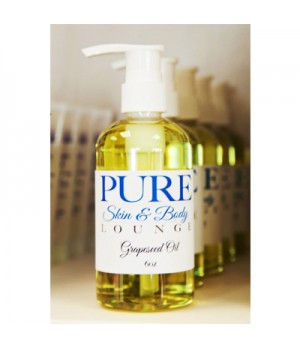 It's been around for a long time but there are so many oils that are beneficial to your skin these days that it's hard to keep track of what we should and shouldn't use. Argan, Macadamia Nut, Olive, etc. They are all good for different reasons so I guess it is really about what you are looking for the oil to do for you. The best part is, it's not expensive. You don't have to pay a fortune to get the benefits of this amazing oil. Here are some reasons why I am going to incorporate grapeseed oil into my skin care routine... 1. Great for oily skin- It can help regulate the oil production in your skin. Use at night. 2. Great for dry skin- It is a great moisturizer especially in the winter when you find your skin to be more dry or even chapped. 3. Fast Absorption- This is a lightweight oil so it will absorb quickly and not leave the skin feeling greasy. You can use this all over your body too. Mix with your body lotion/cream or alone. 4. Antioxidants- Yes, it contains antioxidants so it will protect you from those nasty free radicals that are determined to destroy your skin. 5. Collagen- Grapeseed oil protects the collagen in your skin and that is what keeps your skin firm. It also improves the production of elastin and hyaluronic acid (which helps bind moisture to the skin). 6. Skin Tone- Used daily and consistently, it may help your skin become more even and brighter. So the holidays are here and New Years is just around the corner. That means lots and lots of pictures! Pictures you will be looking at for a very long time. Wouldn't be nice to finally love what you see and not feel the need to photoshop? Here are some tips that will be Facebook ready!
1. Makeup- Make sure your foundation (including the powder) is photo friendly. This way when the flash hits your face, you won't turn white. 2. Focus your eyes just slightly above the camera lens. 3. Put your tongue behind your teeth and smile. It will relax your face. Try it! 4. Practice the model pose- Turn your body three quarters of the way toward the camera, with one foot in front of the other and one shoulder closer to the photographer. When you face forward, your body tends to look wider. 5. Standing Photos- Shoulders back, spine straight, suck in stomach. 6. Sitting Photos- Shoulders back, spine straight, suck in stomach. :) Yep, same thing. 7. Angling your body is important and this may take practice. Luckily we have digital cameras now so we can do this over and over again until we figure out our best angle and pose. (find a friend for this one) Keep your arm at your waist but find a way to do it naturally. Sticking one leg out and your hip at an angle is flattering to shape of your body. Point it different ways at the camera. Straight on is the leastflattering because it can make you look wide (even if you're not). 8. The camera adds 10lbs (ugh!)- To make the face appear slimmer, tilt you head up slightly while turning it 3/4 — or angle your camera slightly above your head while tilting your face halfway. Never take a photo from eye’s level it will flatten your face. 9. Know your colors and what looks good on you! You can do all the steps above but if you are wearing the wrong colors or the wrong outfit, none of it may matter. On the flip side, if you LOVE what you wear and are confident, that goes a long way! Black does notlook good on everyone...sorry. :( 10. On a night that I know pictures will be taken, I always take pictures of myself first. That way I know if I will like my hair, makeup, jewelry, etc in pictures. What I see in the mirror is not always what I see in pictures. Curious about the BB Creams you’ve been seeing advertised? In most countries, the “BB” stands for Beauty Balm. In Asian countries it once meant Blemish Balm but now goes by Beauty Balm or the shorter BB Cream. Whatever name they go by, these products are claimed to do everything, from creating a flawless complexion to reducing pore size, healing breakouts, controlling oil, and lightening dark spots. That’s quite the to-do list!
Despite the hoopla fueled by the cosmetics industry and many beauty bloggers, BB creams are not must-have products. Essentially, the BB creams (Beauty Balms) sold in Western countries are little more than tinted moisturizers with sunscreen. Overall, whether you use a BB cream or a tinted moisturizer, these products are all about convenience: sun protection, moisture, and sheer skin tone–correcting color from one product. The formulas differ widely from company to company, but sun protection and light coverage color are the norms. Some BB creams have a thicker, creamier texture; some offer a bit more coverage than standard tinted moisturizers. As a personal preference, you may or may not care for the thicker texture—especially if you have oily, combination, or breakout-prone skin. The BB creams from U.S. brands—such as Garnier, Estee Lauder, and Smashbox—tend to have thinner, more lotion-like textures; they are nearly indistinguishable from tinted moisturizers with sunscreen, except maybe a bit more coverage. The take-away message here is this: BB creams aren’t anything special and most claims of their extra abilities are marketing fluff, not reality. There are some great BB creams available, but even they are not must-have products. Really, the best reason to consider a BB cream is if you want more coverage than a tinted moisturizer, but not as much coverage as a standard foundation. Otherwise, this is a trend you can feel comfortable to ignore. If you find this trend too hard to ignore, make sure you use the best ones, and don’t get seduced by the does-it-all claims. And don't forget what I have said about sunscreen in makeup products. It's not enough protection. You have to wear about 7x more bb cream to get that number on the bottle. Keep sunscreen separate and make it part of your skin care routine, not your makeup routine. |
AuthorWrite something about yourself. No need to be fancy, just an overview. Archives
September 2021
Categories |
|
|
|
1421 N Wanda #180
Villa Park, CA 92867 (inside Winn Wellness) Book Your Appointment! Phone: 714-485-5540 Email: [email protected] Order Products Online |
|

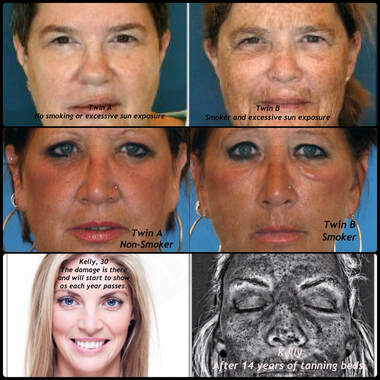
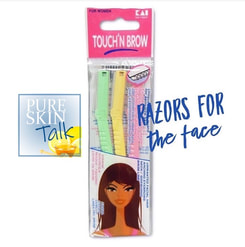
 RSS Feed
RSS Feed
